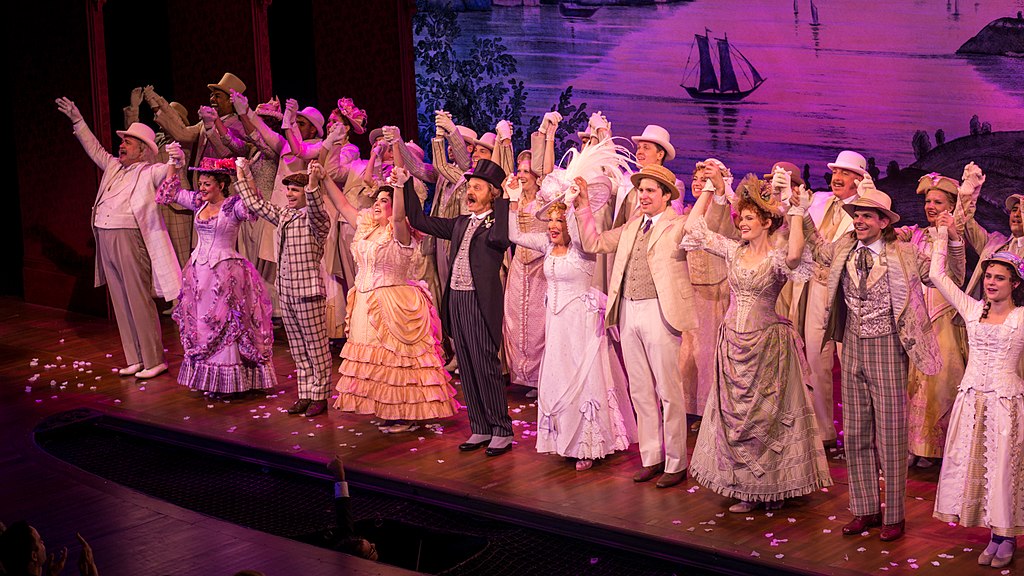This Week’s Insights: The arts help you live longer?… Best-selling books need movies to become best-selling… Why Broadway curtain calls are getting more elaborate… Paris tries to diversify with the arts… Does virtual reality improve the museum experience?
- The Arts Help You Live Longer? There are now endless studies that purport to show that participating in the arts makes your life better/makes you smarter/makes you happier. Now one that suggests you will live longer. We understand the need to quantify that the arts are tangibly worthwhile. But does this neverending stream of studies make anyone more inclined to take up the arts? Or is it a tool to use to try to convince funders?
- What The Top Ten Books Of The 2010s Say About Publishing: A few interesting things. “In 2010, nearly 80 percent of the top-selling titles were fiction, and by 2019 that percentage dropped to 32 percent.” But perhaps more interesting were the titles themselves — the top three books were the Fifty Shades series. The other seven? All had movies attached (and in fact, the Shades books also were movies), so the lessons are clear. To get a top-selling book, you have to also have a successful movie of it made.
- Broadway Musical Curtain Calls Are Getting Longer: These post-curtain moments have less to do with telling the story and more with telling the audience how to feel about the story they have just seen and what they should tell their friends. This follows the general audience trend that you want to give audiences opportunities to collectively render their appreciation in front of the community. In short — it’s become part of the show.
- Paris Tries To Decentralize Its Arts: An ambitious new arts center is being built in a Paris suburb. Komunuma’s mix of programs will make it a destination, especially as the greater Paris region seeks to shore up activity in the capital’s suburbs. They foresee “a plurality of centers with multiple, distinct identities. The development of Grand Paris will lead to a redistribution of culture around the capital.
- Can Virtual Reality Improve The Museum Experience? Virtual reality and augmented reality (AR)—which overlays digital elements on the real world rather than creating a fully immersive alternative—are “unbelievably promising” for the future of communication, says Daniel Birnbaum. How? It allows visitors to more easily dive deeper into what they’re seeing. The question is how to accomplish it in ways that aren’t distracting from the art itself.

Leave a Reply